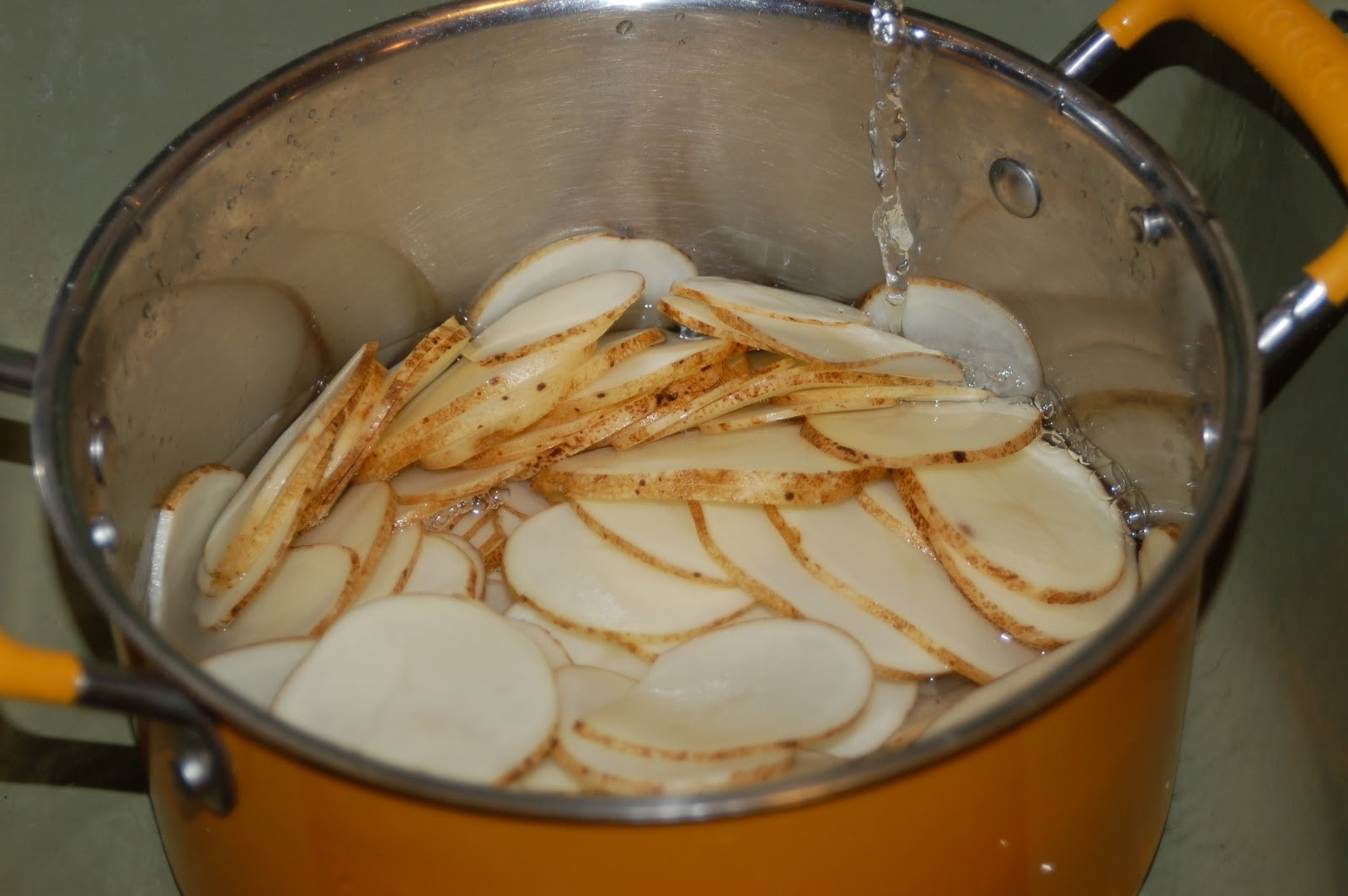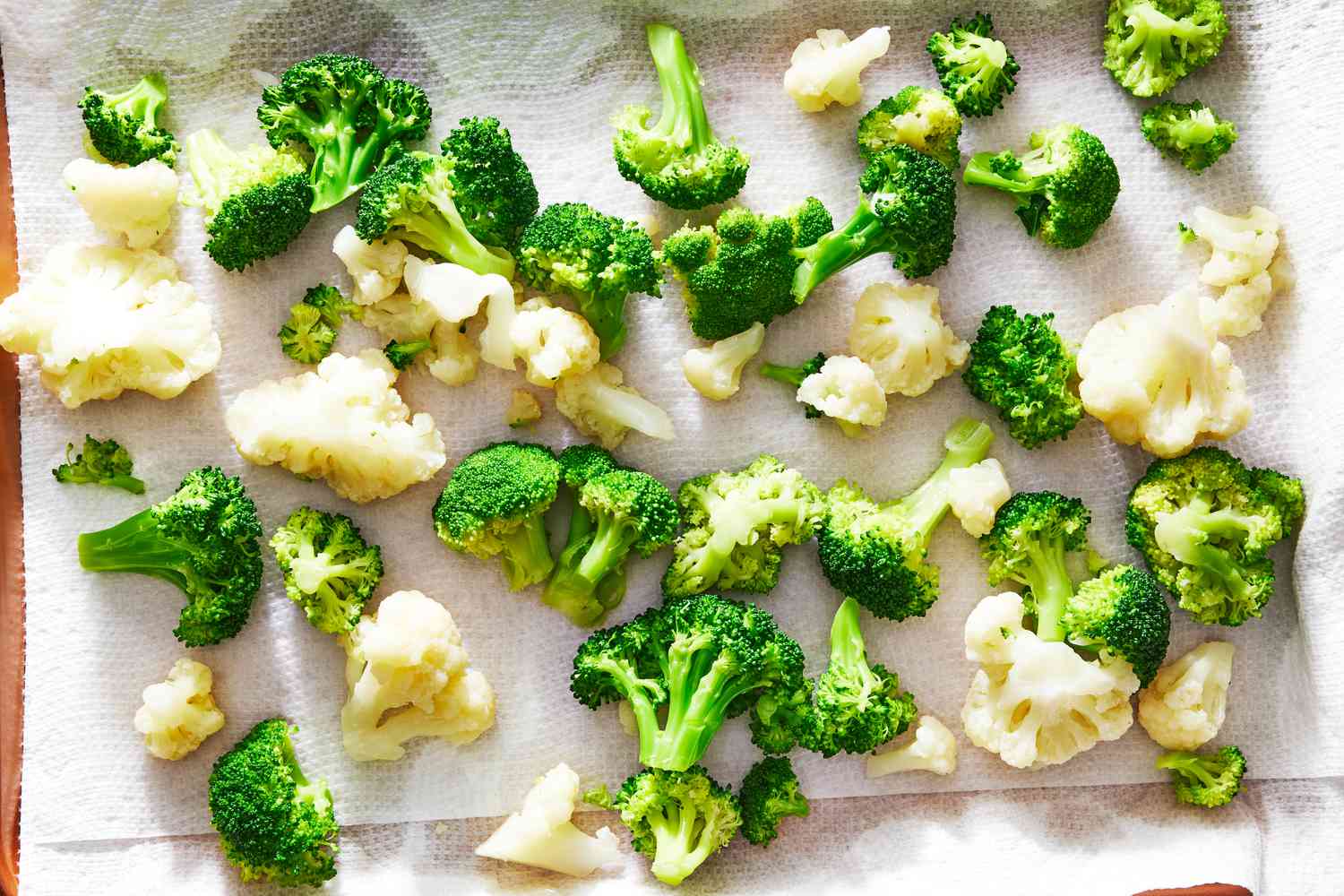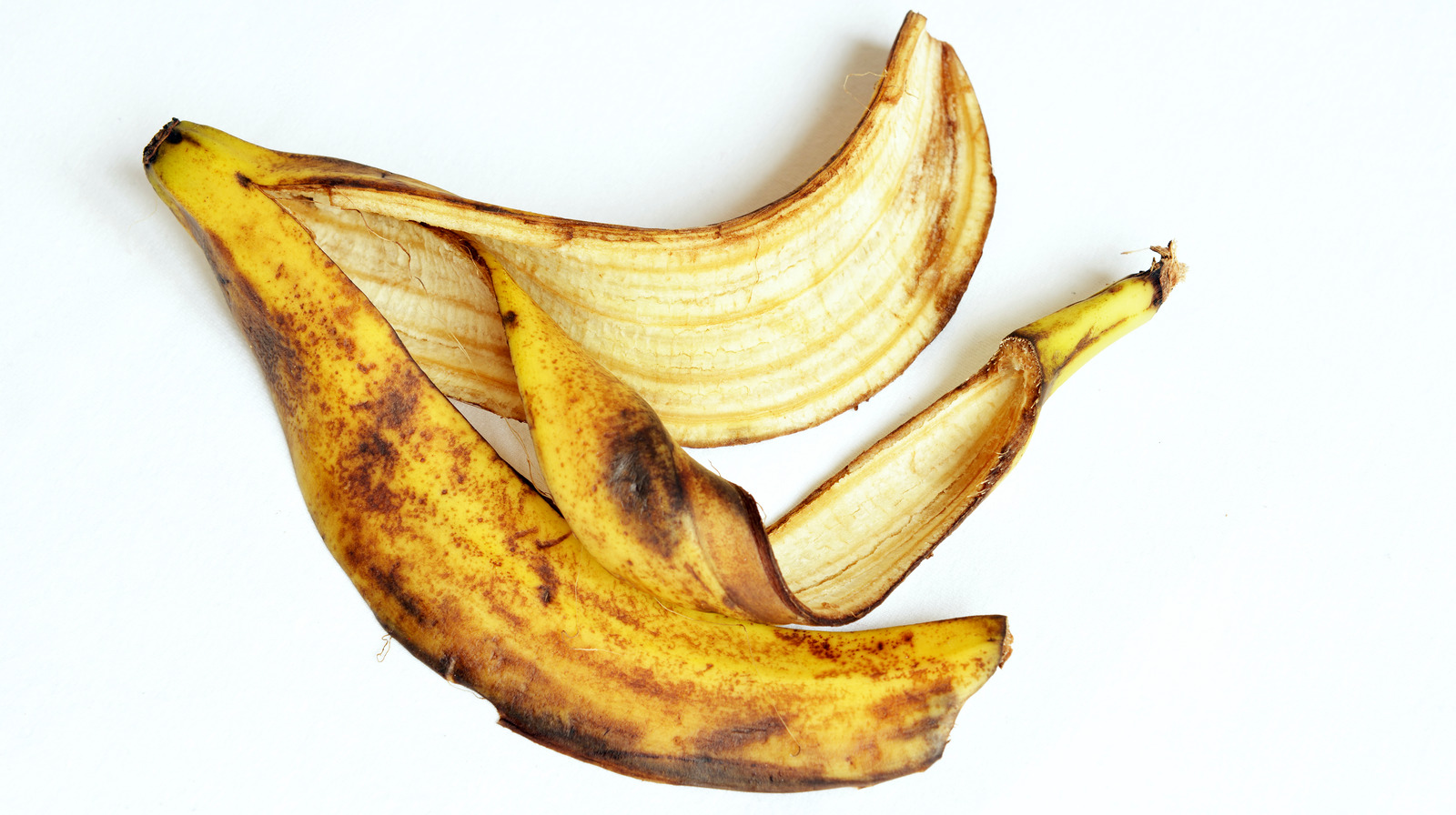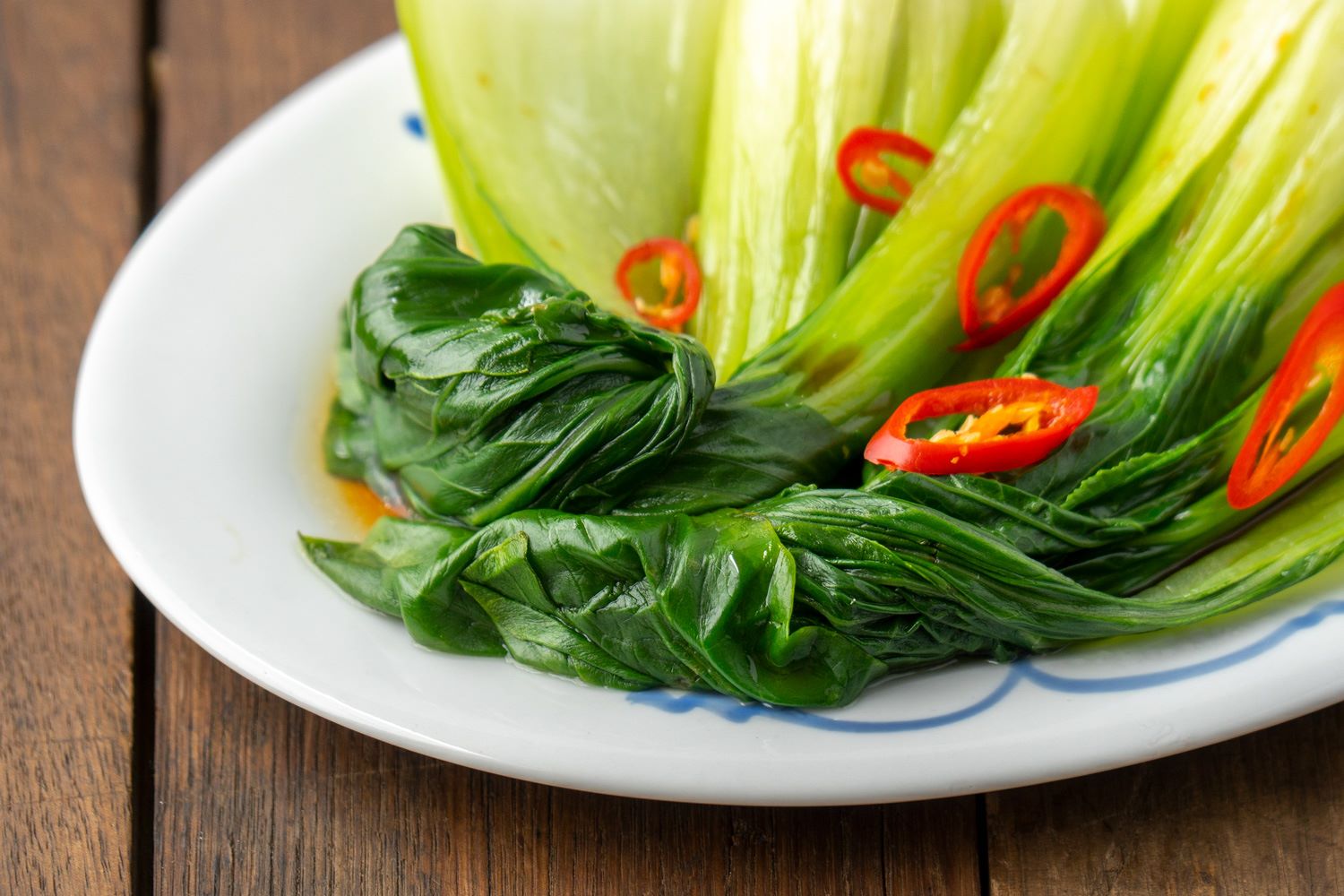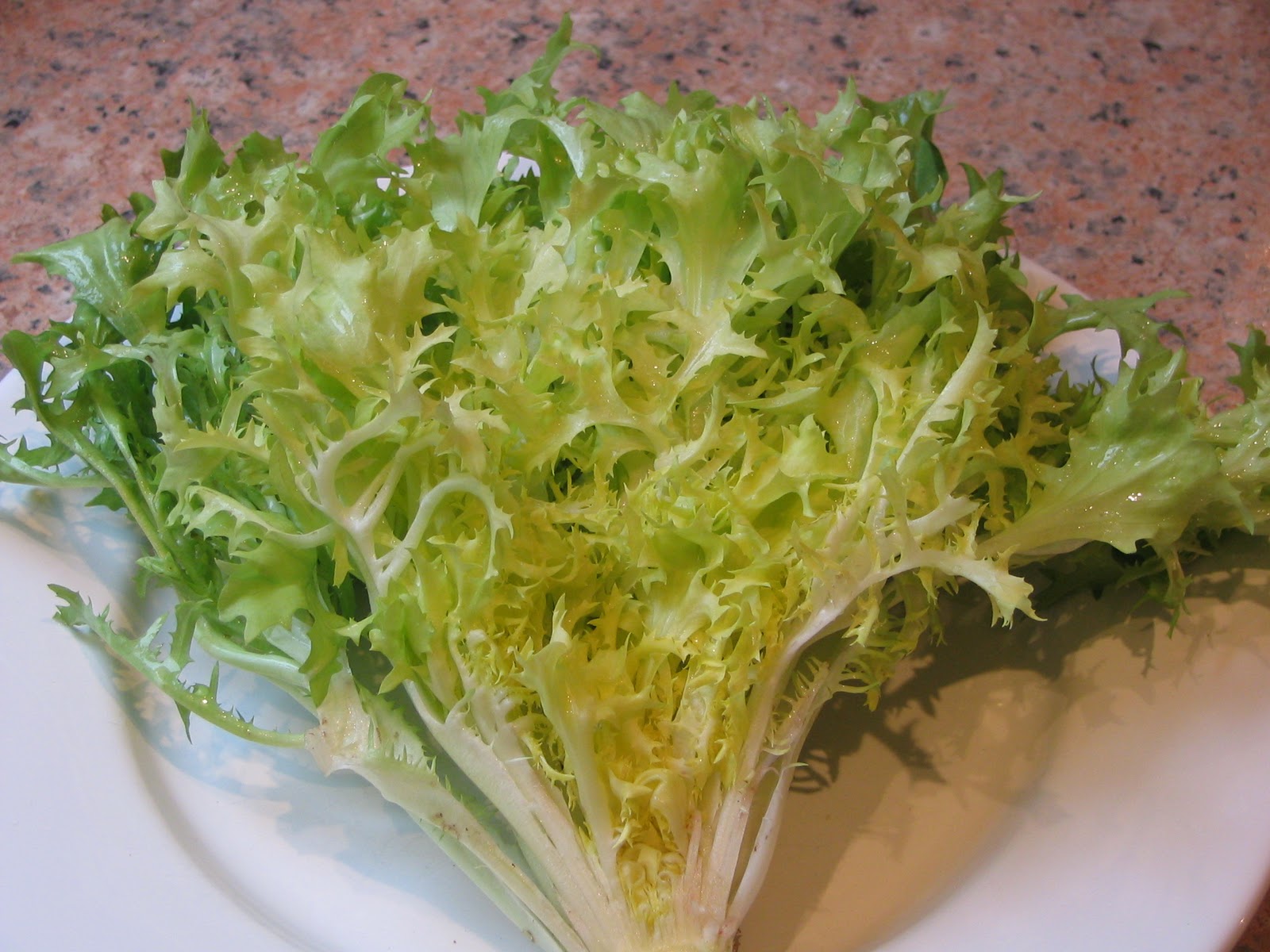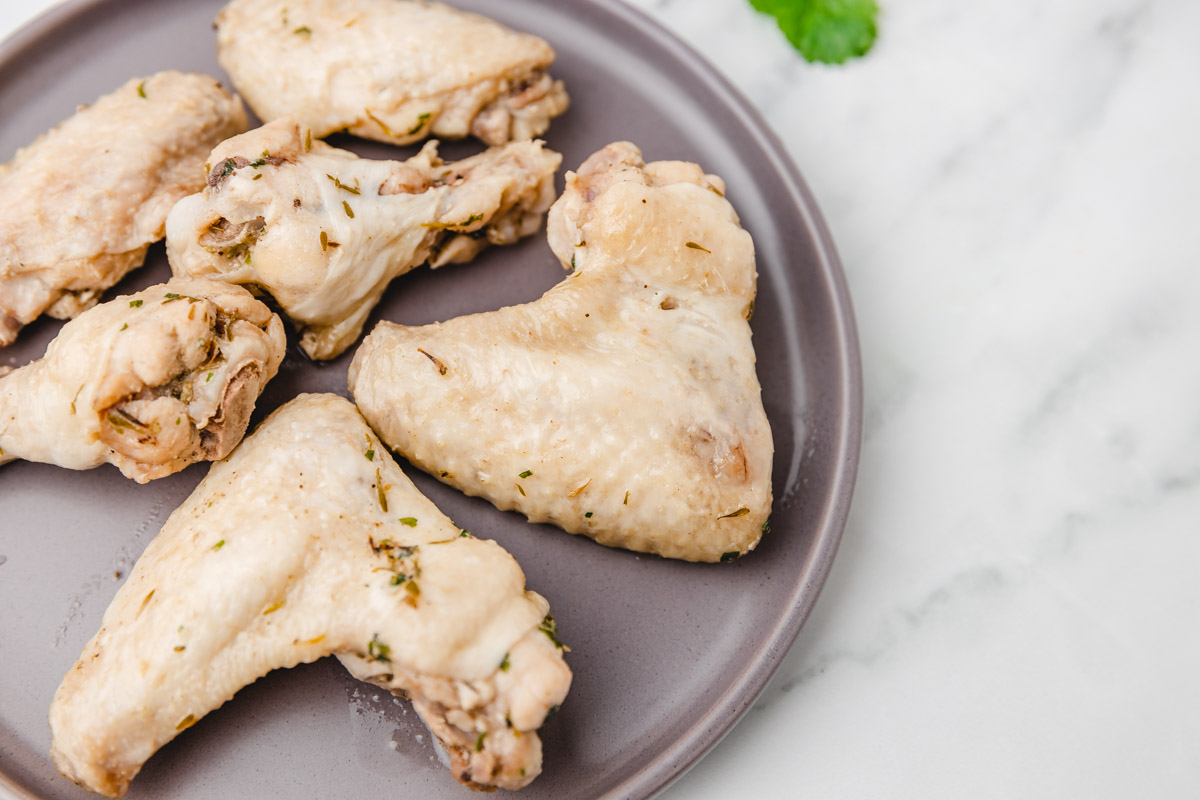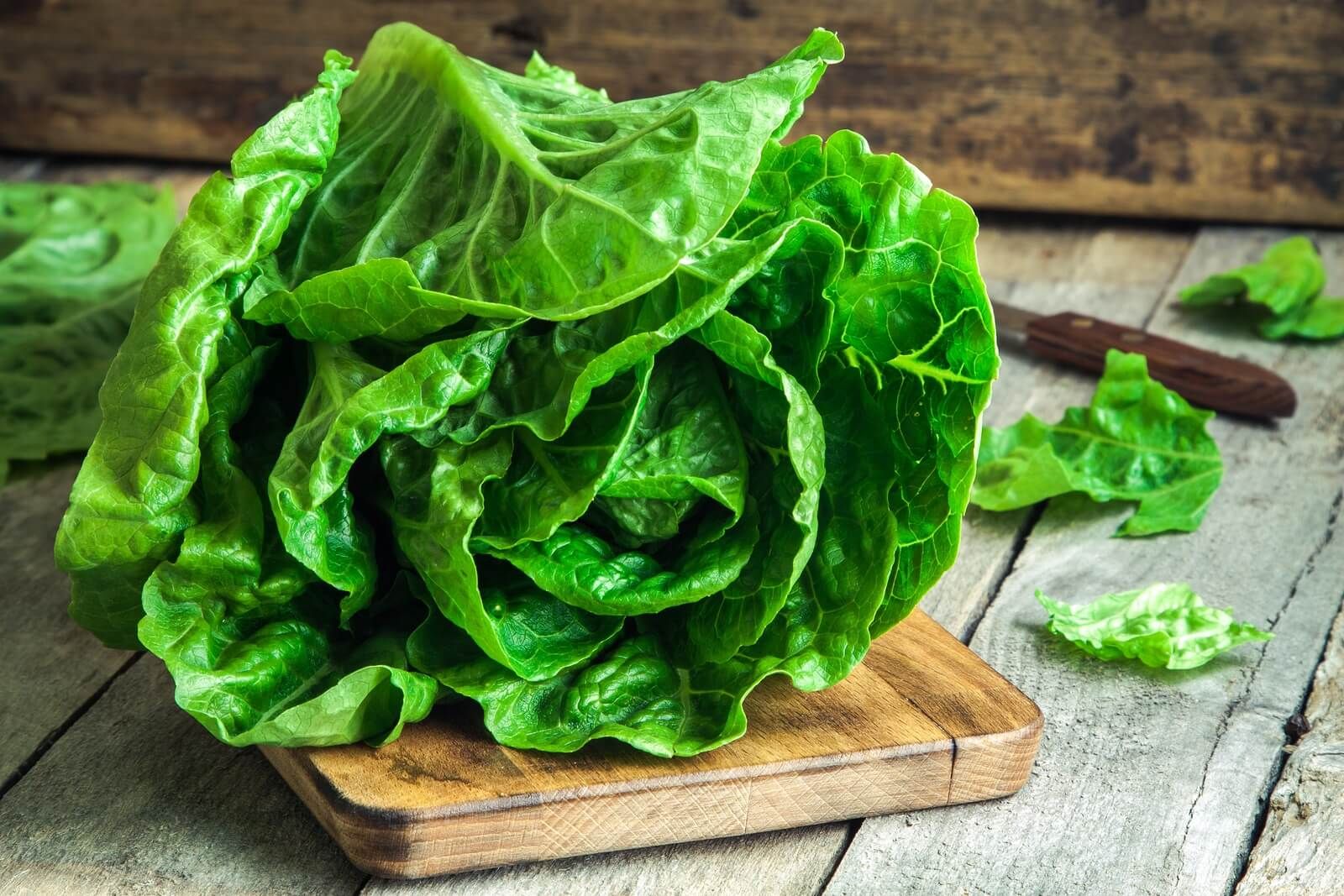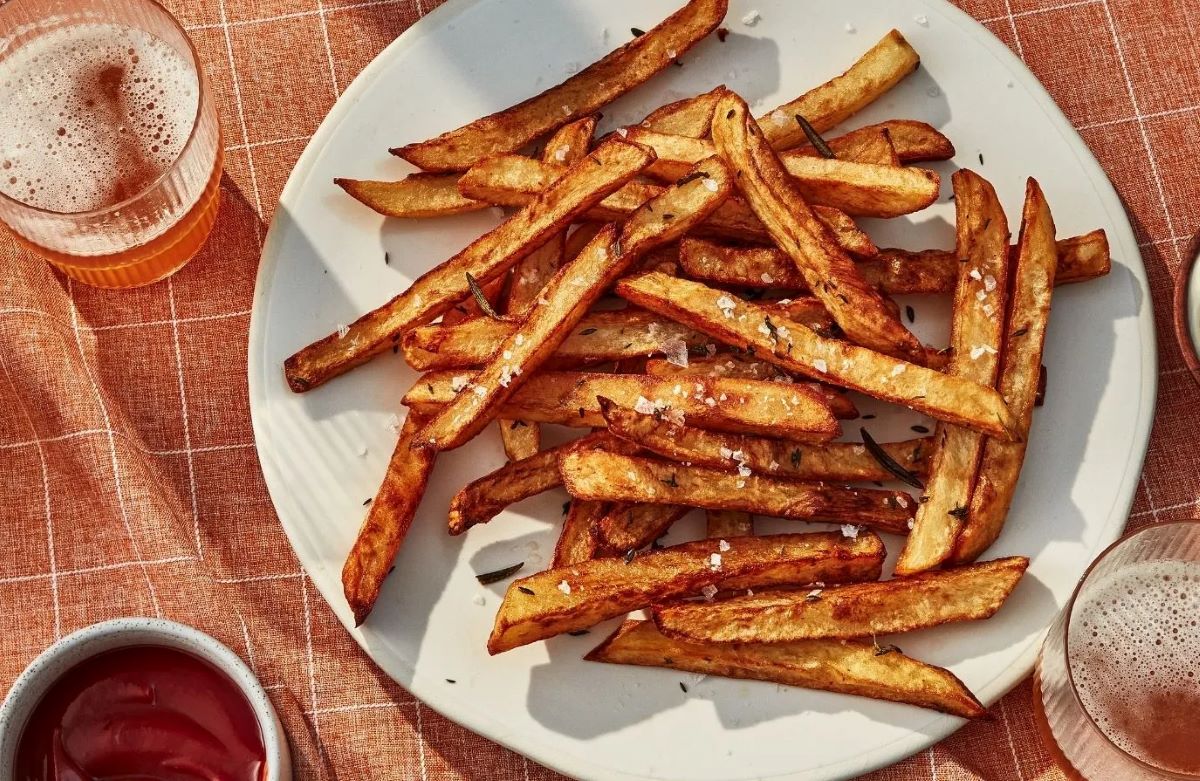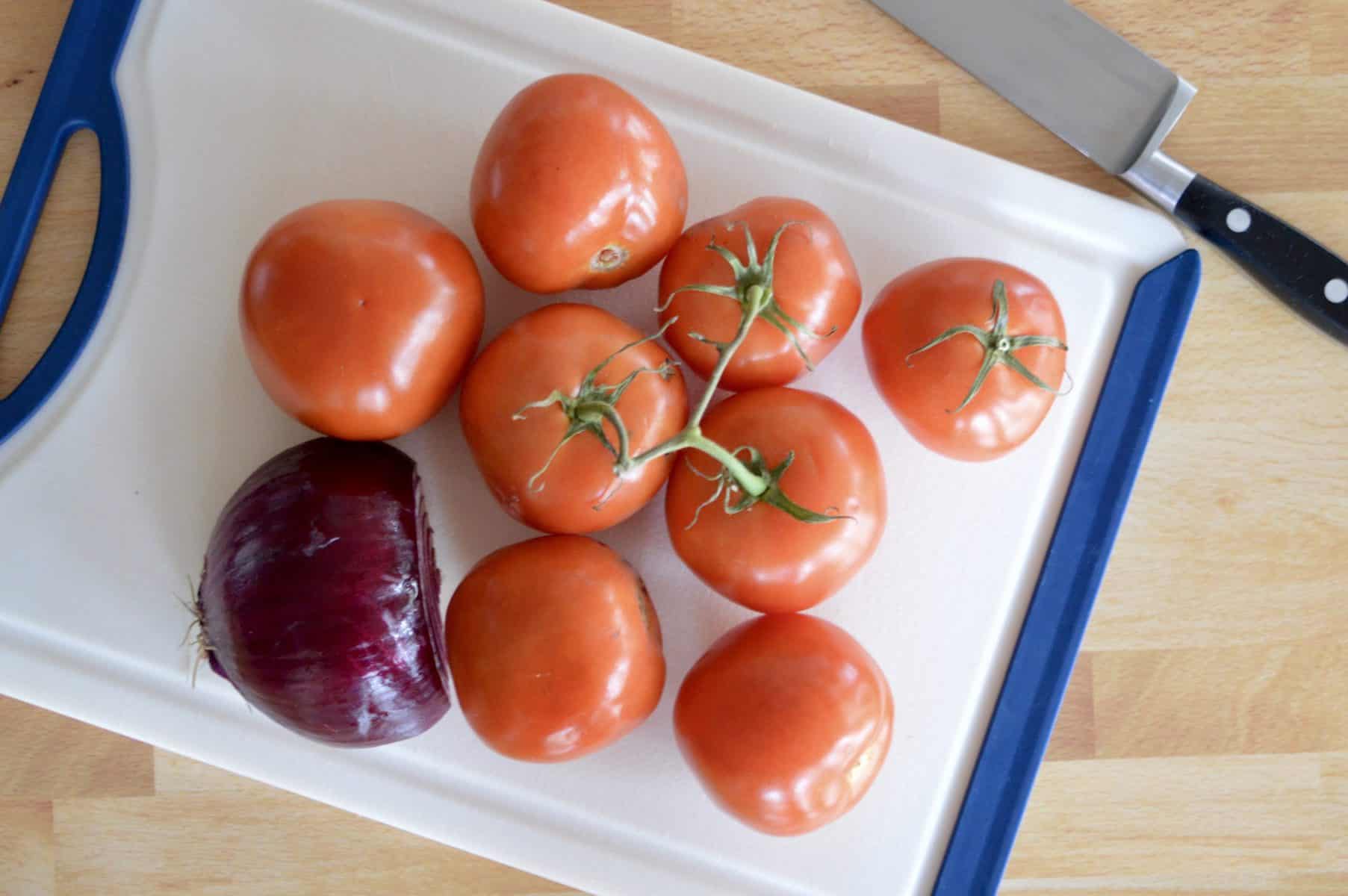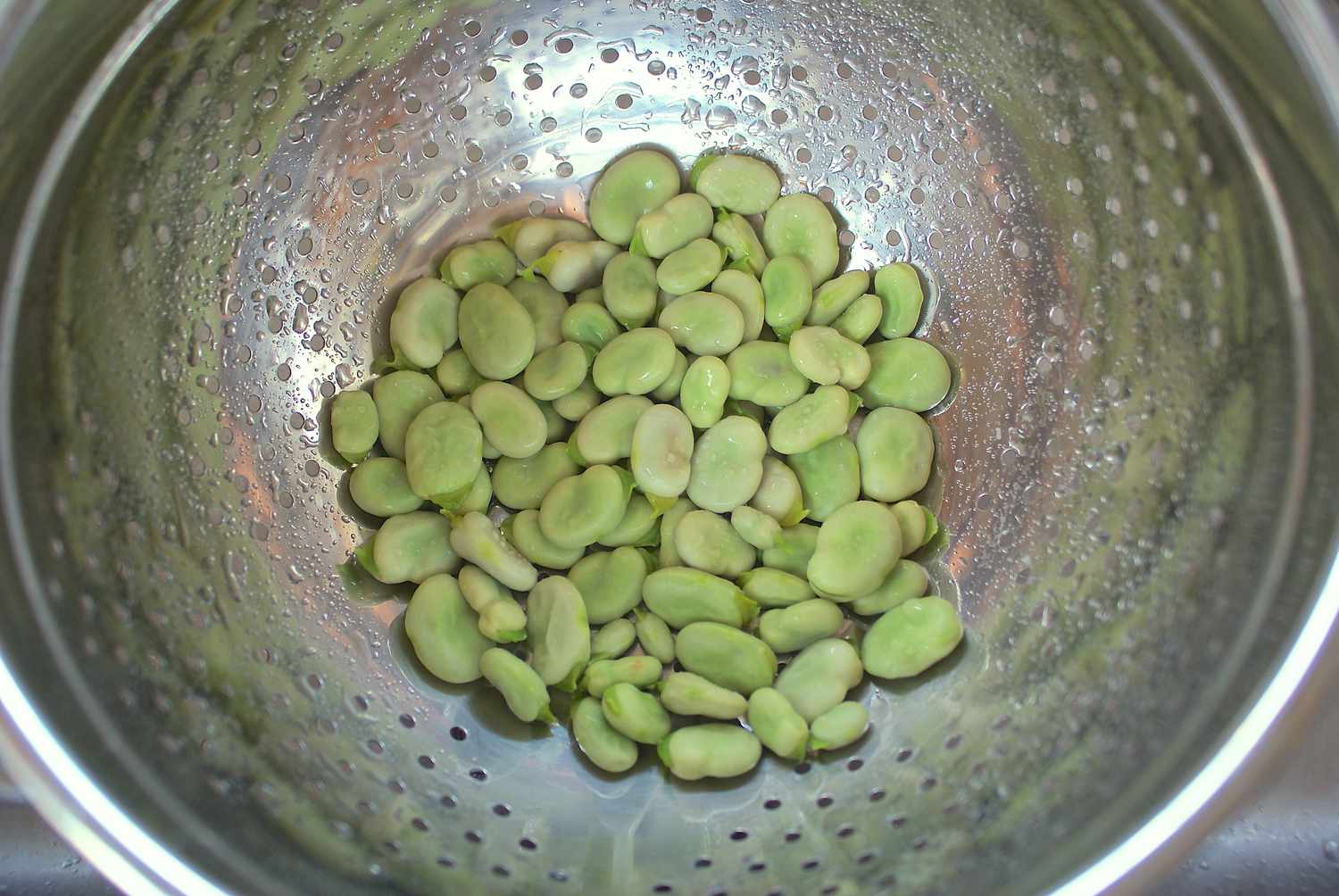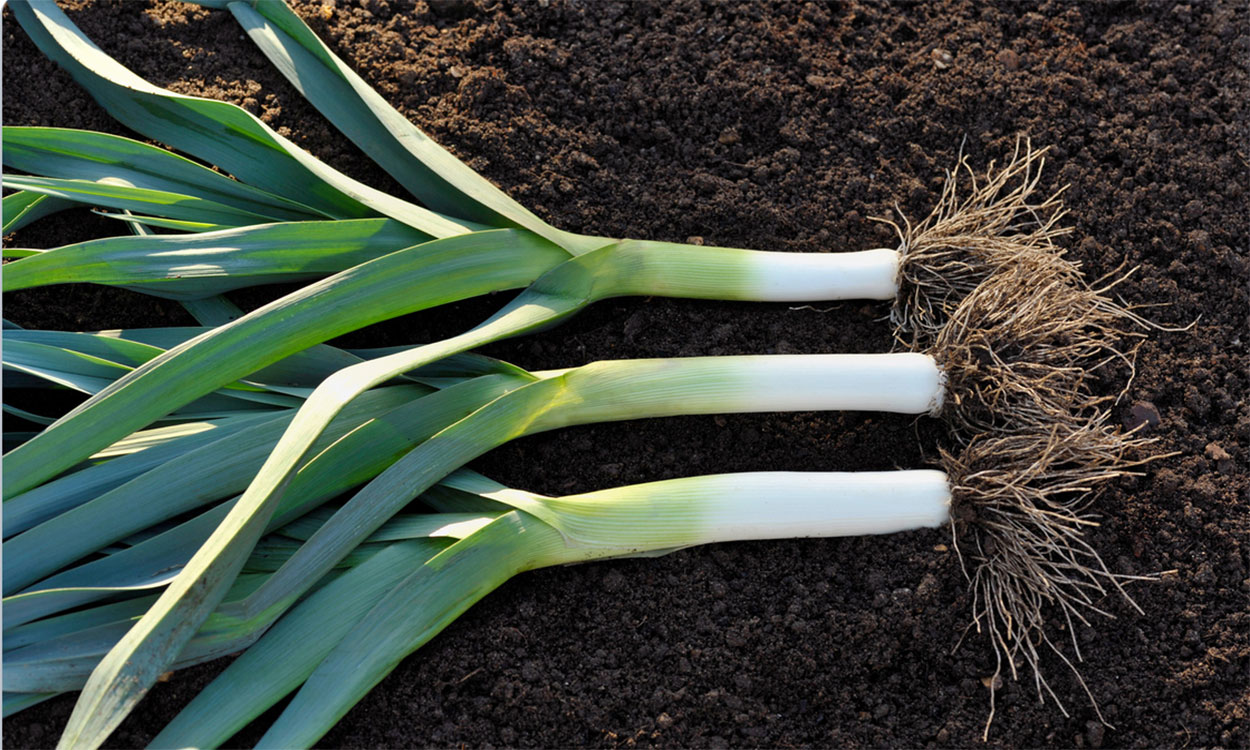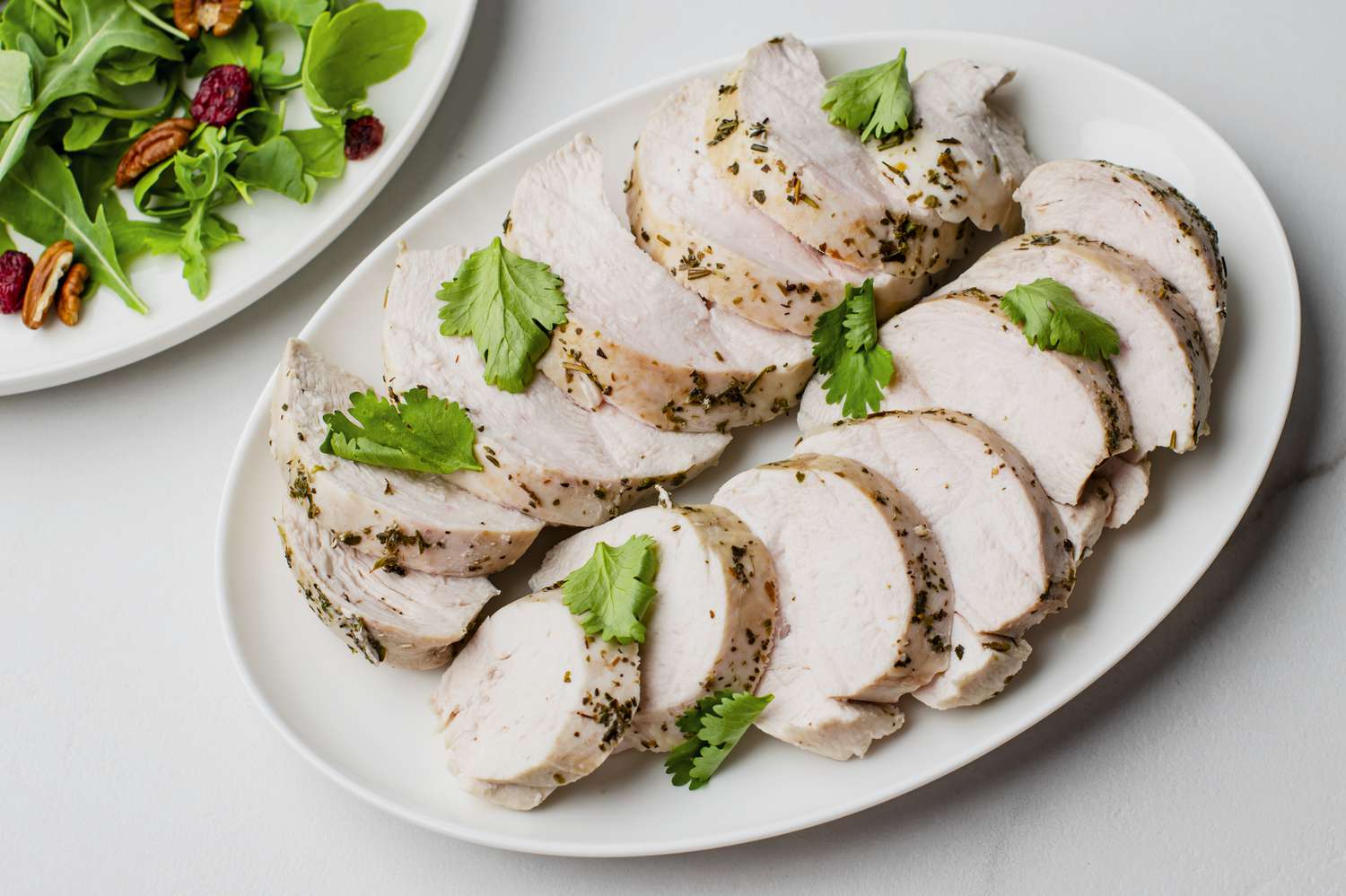What is Blanching?
Blanching is a cooking technique that involves briefly immersing food in boiling water, followed by rapid cooling in ice water. This process helps to partially cook the food, while also preserving its color, texture, and nutrients.
Why Blanch Food?
Blanching serves several purposes, including:
- Preserving the color of fruits and vegetables
- Removing impurities and off-flavors
- Softening the texture of certain foods
- Preparing food for freezing or further cooking
Steps to Blanch Food
Blanching food is a simple process that can be broken down into the following steps:
- Prepare an ice bath: Fill a large bowl with ice and water.
- Boil water: Bring a pot of water to a rolling boil.
- Prepare the food: Wash and trim the food as needed.
- Blanch the food: Carefully lower the food into the boiling water and cook for a short period, typically 1-3 minutes, depending on the type of food.
- Cool the food: Use a slotted spoon to transfer the blanched food to the ice bath to stop the cooking process.
- Drain and dry: Once the food is cool, remove it from the ice bath and pat it dry with a clean kitchen towel.
Best Foods for Blanching
While blanching can be used for a variety of foods, some of the best candidates for this technique include:
- Green vegetables, such as broccoli, asparagus, and green beans
- Root vegetables, including carrots, parsnips, and potatoes
- Fruits like peaches, tomatoes, and grapes
- Shellfish, such as shrimp and lobster
Tips for Successful Blanching
To ensure successful blanching, keep the following tips in mind:
- Work in batches to prevent overcrowding the pot, which can lead to uneven cooking.
- Use a timer to avoid overcooking the food.
- Choose the freshest produce for the best results.
- Immediately transfer the blanched food to the ice bath to halt the cooking process.
Conclusion
Blanching is a valuable cooking technique that can help preserve the color, texture, and nutrients of various foods. By following the simple steps and tips outlined above, you can master the art of blanching and elevate the quality of your culinary creations.
